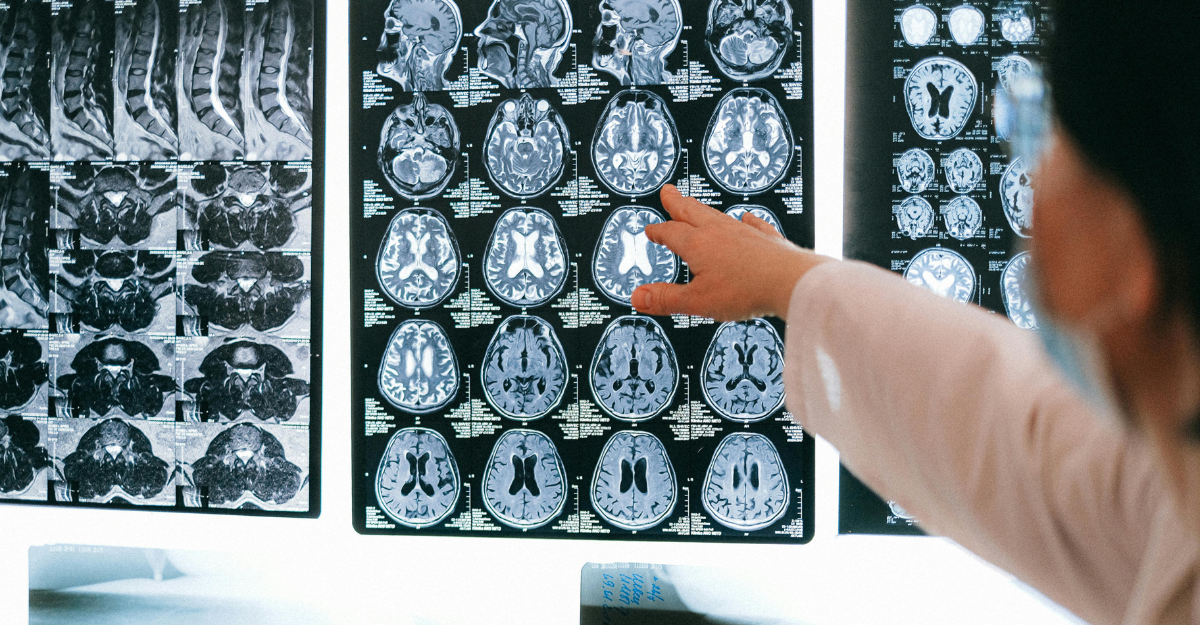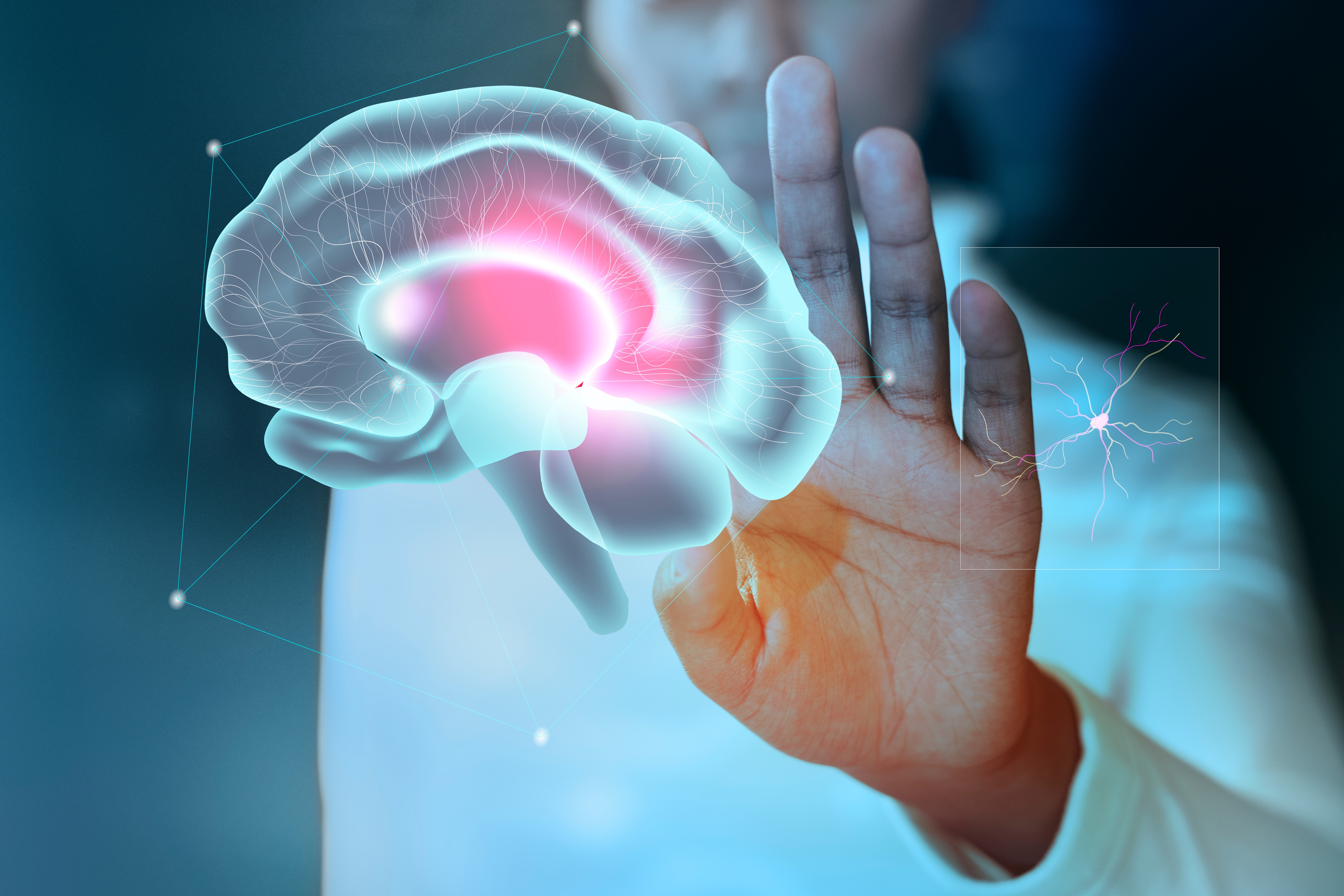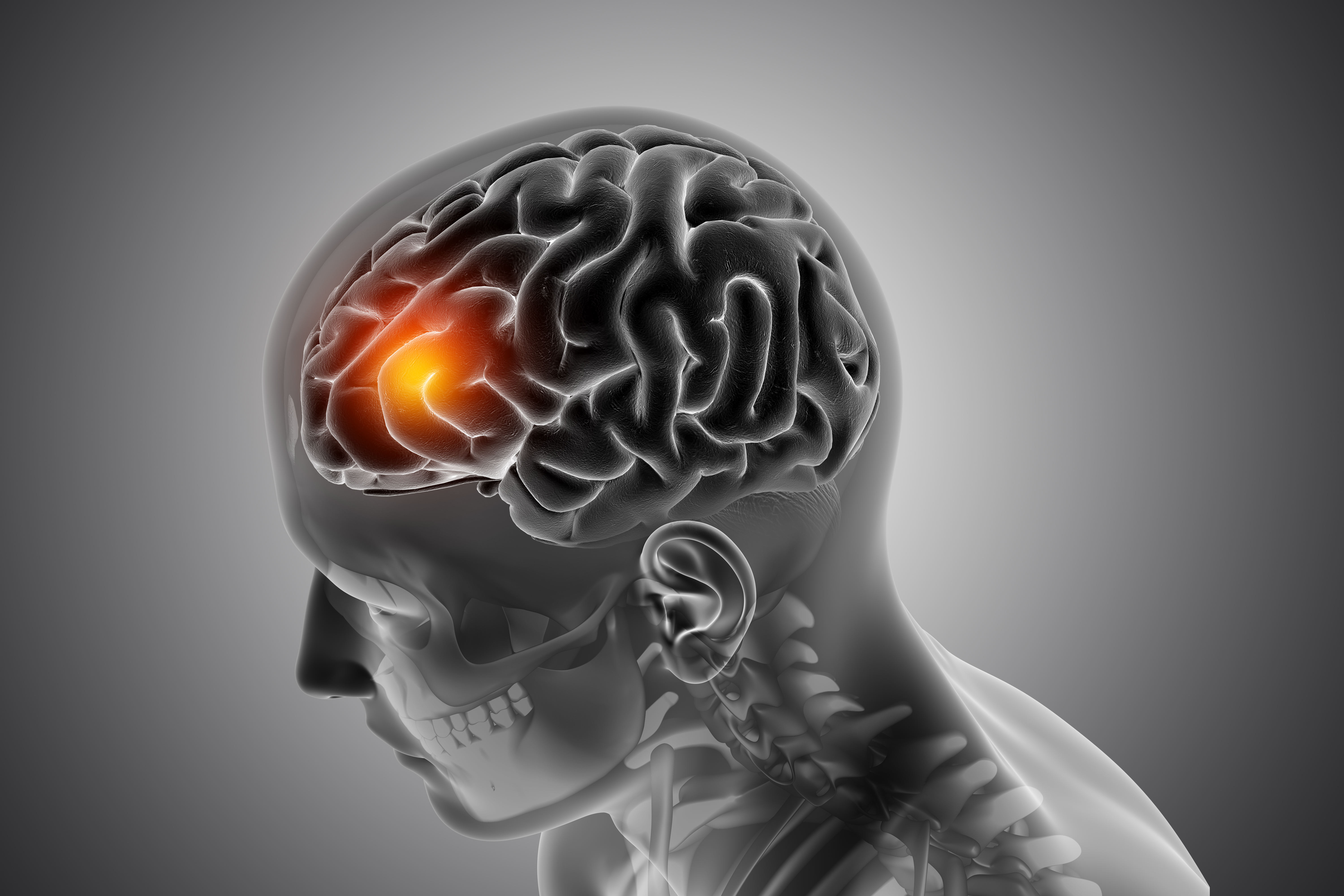
October 29th marks World Stroke Day—a crucial reminder that stroke is a medical emergency where every minute counts. A stroke occurs when the blood supply to a part of the brain is interrupted or reduced, depriving brain tissue of oxygen and nutrients. Within minutes, brain cells begin to die, leading to the sudden loss of function in various parts of the body.
According to Dr Pooja Anand, a neurologist at Paras Health, Gurugram, timely treatment can save lives and drastically reduce long-term disability. Immediate recognition and hospital care are absolutely crucial to limit brain injury and improve recovery outcomes.
Experts are seeing a worrying rise in stroke incidence, not just among the elderly, but also alarmingly in individuals in their 30s and 40s, particularly in urban areas.
Dr Deep Das, Neurologist, CMRI Kolkata, attributes this surge to pervasive lifestyle-related risk factors that quietly damage blood vessels over time.
These include uncontrolled chronic conditions like high blood pressure (hypertension), diabetes, and high cholesterol. Lifestyle choices such as stress, smoking, excessive alcohol consumption, and lack of regular physical activity (sedentary lifestyles) are major contributors.
Furthermore, emerging evidence highlights the role of air pollution, where fine particulate matter can enter the bloodstream, causing inflammation and damaging vessels in the brain, according to Dr Anand. This rising trend underscores the urgent need for health screenings and proactive lifestyle changes.
Don't miss: 5 Brain Exercises That Help Improve Memory

Recognising the early warning signs of a stroke is the single most critical step in ensuring immediate medical care. Symptoms appear suddenly and should never be ignored. Dr Karamvir Chandel, Consultant–Vascular and Oncology Interventions, Paras Health, Panchkula,
recommends using the ‘BE FAST’ acronym to quickly identify the red flags:
The acronym B-E-F-A-S-T helps check for the following symptoms:
1. B for balance, where you look for a sudden loss of balance, dizziness, or trouble walking;
2. E for eyes, checking for sudden vision changes, such as double vision or vision loss;
3. F for face, asking the person to smile to see if one side of the face droops or feels numb
4. A for arms, asking them to raise both arms to check if one arm drifts downward or feels weak/numb
5. S for speech, checking if the speech is slurred, garbled, or if they are having trouble speaking or understanding.
If you notice any of these symptoms, the T for time means you must call emergency services immediately. Dr Chandel stresses that acting quickly and reaching a stroke-ready hospital within the 'golden window' (the first few hours) can make a huge difference in preventing permanent disability.
Don't miss: Dietician Shares How Fibre-rich Diet Can Help Your Heart Health
According to Dr Anjani Kumar Sharma, Director–Neurosciences, CK Birla Hospitals, Jaipur, approximately 80 per cent of strokes are preventable. Making small, steady lifestyle adjustments can significantly lower your risk.
Key steps include managing your health through regular check-ups to control blood pressure, blood sugar, and cholesterol. It is also crucial to adopt healthy habits, such as quitting smoking, limiting alcohol consumption, and maintaining a healthy weight through daily physical activity.
Finally, minimising exposure to polluted air and practicing mindfulness through techniques like yoga or meditation can further reduce your risk.

Stroke treatment is highly dependent on whether it's ischemic (caused by a blockage) or hemorrhagic (caused by bleeding). For ischemic strokes, if detected early within the "golden window" (usually 4.5 hours), patients can receive clot-dissolving medication (thrombolysis) or undergo minimally invasive clot removal (mechanical thrombectomy).
The management of stroke is also being revolutionised by Artificial Intelligence (AI), which provides rapid image analysis of CT and MRI scans. AI algorithms can interpret scans faster than human teams, immediately identifying blocked areas and expediting critical treatment decisions like thrombolysis or thrombectomy, as noted by Dr Das. Post-stroke, rehabilitation involving physiotherapy, speech therapy, and occupational therapy is essential for helping patients regain function and independence.
As Dr Sharma reminds us, stroke is preventable, treatable, and survivable. Awareness, timely action, and a commitment to a healthy lifestyle are our best defenses. Recognise the symptoms, call for help fast, and ensure the person reaches a stroke-ready hospital immediately—it can save both brain and life.
Image source: Freepik
For more such stories, stay tuned to HerZindagi.
Also watch this video
Herzindagi video
Our aim is to provide accurate, safe and expert verified information through our articles and social media handles. The remedies, advice and tips mentioned here are for general information only. Please consult your expert before trying any kind of health, beauty, life hacks or astrology related tips. For any feedback or complaint, contact us at compliant_gro@jagrannewmedia.com.